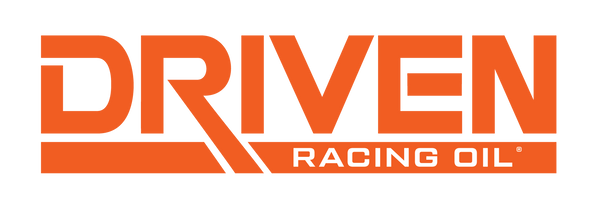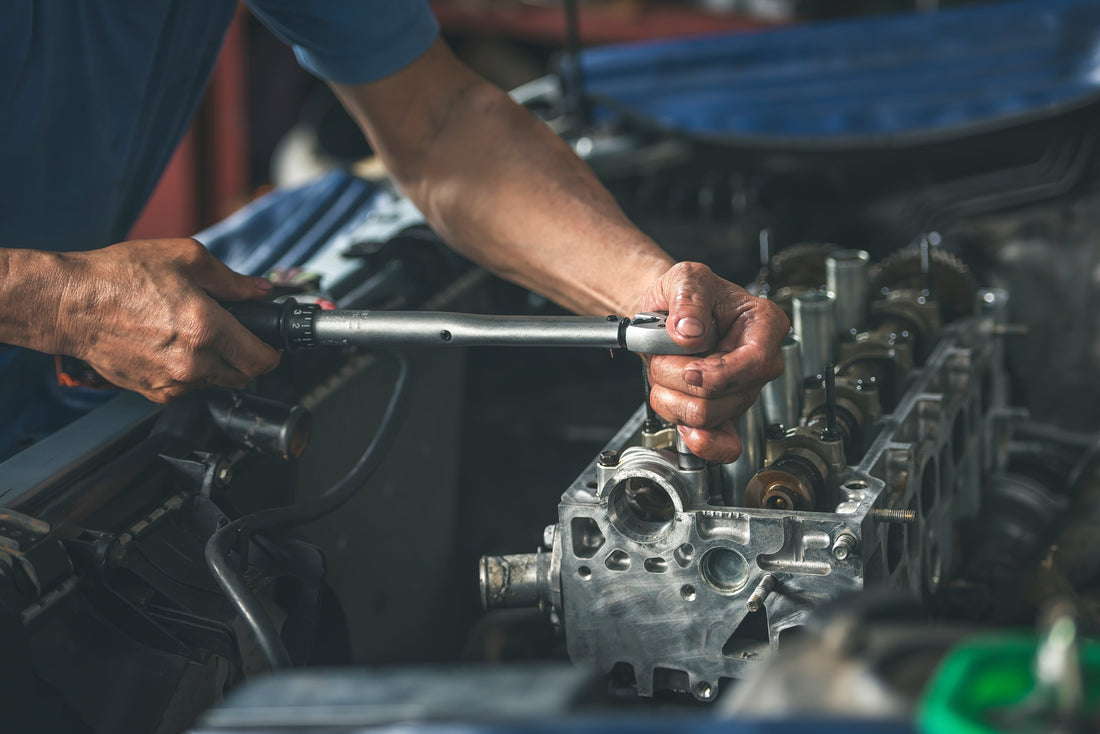Rebuilding an engine can be one of the most rewarding tasks for any car enthusiast. Whether you are working on a race car or a classic vehicle, the process can breathe new life into your ride and enhance its performance. However, it is crucial to approach this task with care and precision. This post explores the dos and don’ts of rebuilding an engine, offering practical advice and actionable steps to ensure your project succeeds.
Do Prepare a Comprehensive Plan
Before you even touch the tools, devise a detailed rebuilding plan that defines your goals. Are you looking for more horsepower, improved fuel efficiency, or a combination? Knowing what you want helps you find the right components and processes.
Make a list of all necessary parts and tools, including everything from gaskets to torque wrenches. Taking inventory can save you from running to the store mid-project, which can lead to costly mistakes or delays. Additionally, consider creating a timeline to manage your work efficiently and to track your progress.
Do Not Skip the Research
With many online resources available to aid your work, becoming informed before starting a project is easier than ever. Don’t rush into the rebuild without first understanding the components and systems at play. Watch tutorials, read manuals, and consult forums specific to your engine model.
Each engine has unique quirks and specifications. Familiarizing yourself with your engine’s design will help you avoid mistakes and anticipate challenges. Invest time in learning about the various aspects of the engine, such as its fuel system, cooling system, and ignition components. The more knowledge you gain, the more successful your rebuild will be.
Do Gather Quality Tools

Using the right tools for the job is non-negotiable. Buying top-caliber tools can make your work significantly easier and safer. Essential tools for engine rebuilding include a piston ring compressor for installing rings without damaging them and an engine stand to give the engine a sturdy base during its rebuild.
Cheap tools may seem appealing, but they often lead to frustration and can result in damage to your engine components. Always opt for tools that are durable and reliable.
Don’t Rush the Disassembly
As tempting as it may be to rush through disassembly, it’s crucial that you take your time! Carefully label and organize every component as you remove it. Consider using a smartphone or digital camera to document each step with photos. This simple practice can save you a world of trouble when it comes time to reassemble the engine.
Additionally, keep small parts in labeled bags or containers. The last thing you want is to misplace a vital bolt or gasket. A little extra time spent during disassembly can lead to a smoother reassembly process.
Do Inspect Each Component
Once you’ve disassembled the engine, thoroughly inspect each part for wear and tear. Inspecting every component for scratches or cracks enables you to fix any damage before it can devolve into a more dangerous issue. Pay special attention to bearings, gaskets, and seals, as these components are critical for the engine’s performance.
If you find any components that are worn beyond use, replace them. Reusing parts to save money might be tempting, but this can lead to larger problems later.
Don’t Overlook Cleaning
Cleaning each engine part is essential before reassembly. Put a degreaser on a soft brush to remove dirt, grease, and grime from the engine parts. Now is also a good opportunity to clean and free the oil passages from debris.
Neglecting this task could result in engine rebuild failure. Rinsing off any residue and contaminants will help keep the engine operating efficiently after rebuilding.
Do Follow Manufacturer Specifications
Every engine has specifications, and adhering to them is crucial. You must follow the manufacturer's guidelines for everything from torque settings to valve clearances.
Resources like service manuals or manufacturer websites can help you find accurate and detailed specifications. Deviating from these specifications can lead to performance issues or engine failure.
Don’t Ignore the Importance of Break-In Procedures
After completing your rebuild, take care to follow proper break-in procedures for your new engine. Running the engine at consistent RPMs and avoiding heavy acceleration are crucial during the break-in period, as they help settle the engine by putting the components in place.
Consult the manufacturer’s guidelines on the break-in period for your specific engine type. This step is often overlooked but can be vital in the rebuild's longevity.
Do Keep an Eye on Your Engine’s Temperature
Monitor the engine's temperature closely during the first few drives after your rebuild. Overheating can indicate issues that need immediate attention. Make sure the cooling system functions properly and keeps the oil cool during operation.
A quality temperature gauge can help you stay informed about your engine's health. If you notice fluctuating temperatures, address the problem right away. Ignoring this could lead to severe damage.
Don’t Forget About Oil Changes

Regular oil changes are critical for your motor’s health. After the initial break-in period, change the oil and filter, as they have likely accumulated debris and metal shavings during the rebuild process.
Consider using high-quality oil designed for your engine's specific needs. Additionally, some car buffs highly recommend using a specialized break-in oil for the initial oil change, as it can help protect the engine during the critical early stages following a rebuild.
Do Join a Community of Enthusiasts
Connecting with other car enthusiasts can provide you with invaluable support and advice. Online forums and local car clubs are great places to share your experiences and ask questions. Engaging with fellow enthusiasts can help you troubleshoot issues you may encounter during your rebuild.
Attending local meets or events will also give you more ways to gather valuable insights and experiences from others who have rebuilt their engines. A supportive community can enhance your knowledge and fuel your enthusiasm for engine rebuilding.
Don’t Overestimate Your Abilities
While DIY projects can be incredibly satisfying, it’s important that you know your limits. If you encounter a problem that seems too daunting, don’t hesitate to seek professional help. It’s better to ask for assistance rather than risk damaging your hard work or wasting time on a problem you can't solve.
Recognize when a task requires specialized skills or tools. There’s no shame in seeking help; even the most seasoned professionals consult others when they’re presented with challenging issues.
New or Old Engines Need To Breathe With New Oil
Rebuilding an engine can be exciting and rewarding, especially for car enthusiasts looking to enhance their vehicles. By following the dos and don’ts of rebuilding an engine, you can set yourself up for success.
Don’t forget to engage with the community and enjoy the process! And remember that awareness is vital when it comes to protecting your newly rebuilt engine. Consider using Driven Racing Oil’s break-in engine oil that’s specifically designed for excellent protection during this critical phase. Refuel your passion for engine rebuilding by using our outstanding engine oils.

